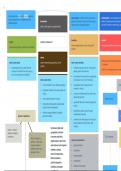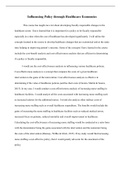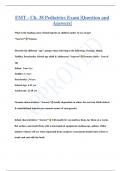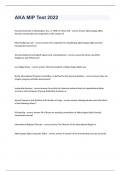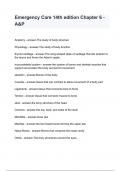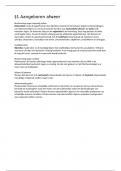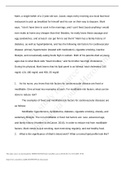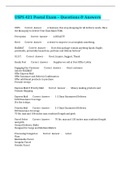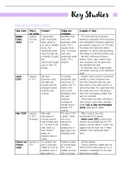Presentation
Water and Carbon Cycle (Colour-coded notes)
- Course
- Institution
Printable A4 Paper Size notes for the Water & Carbon Cycle section in the A-Level AQA 7037 Specification. Colour-coded and diagrams for easy and fun revision. Specific topics include: 'Global distribution and size of major stores of water', 'Photosynthesis, respiration, decomposition, combustion, c...
[Show more]
